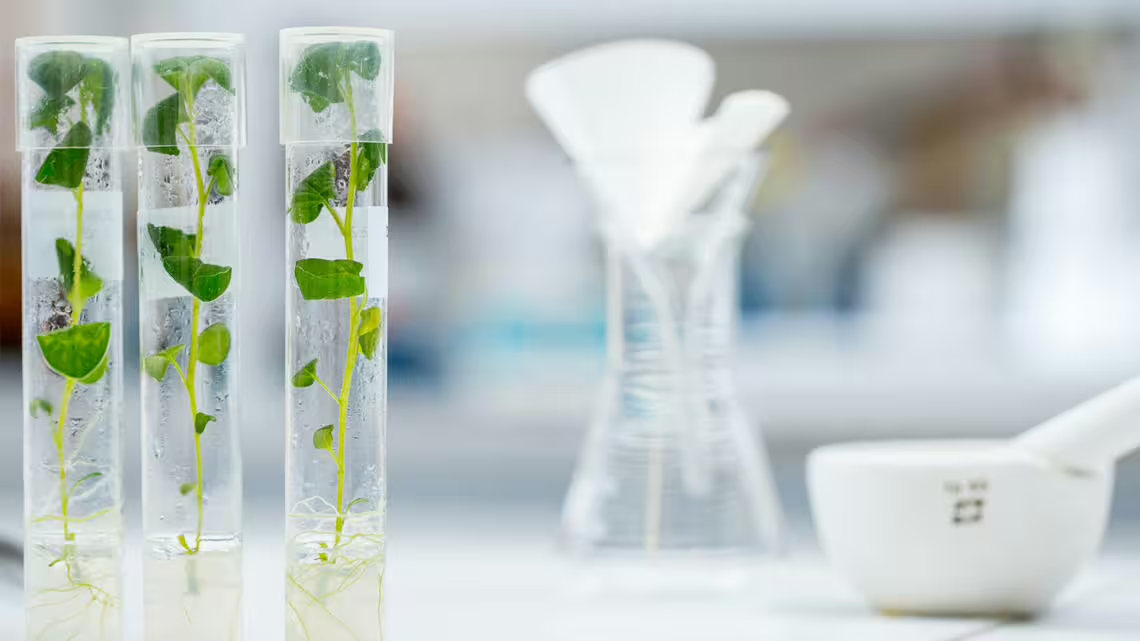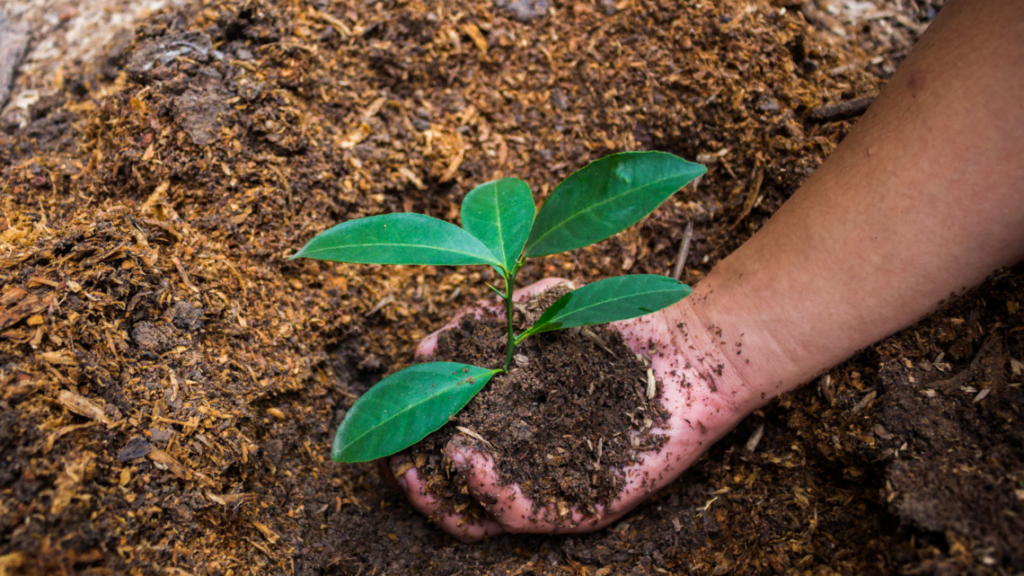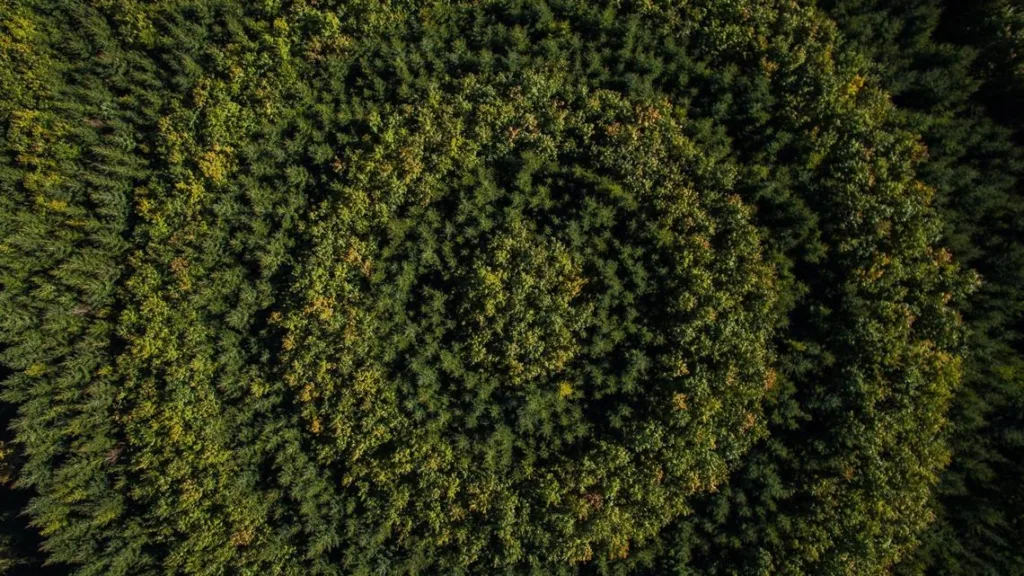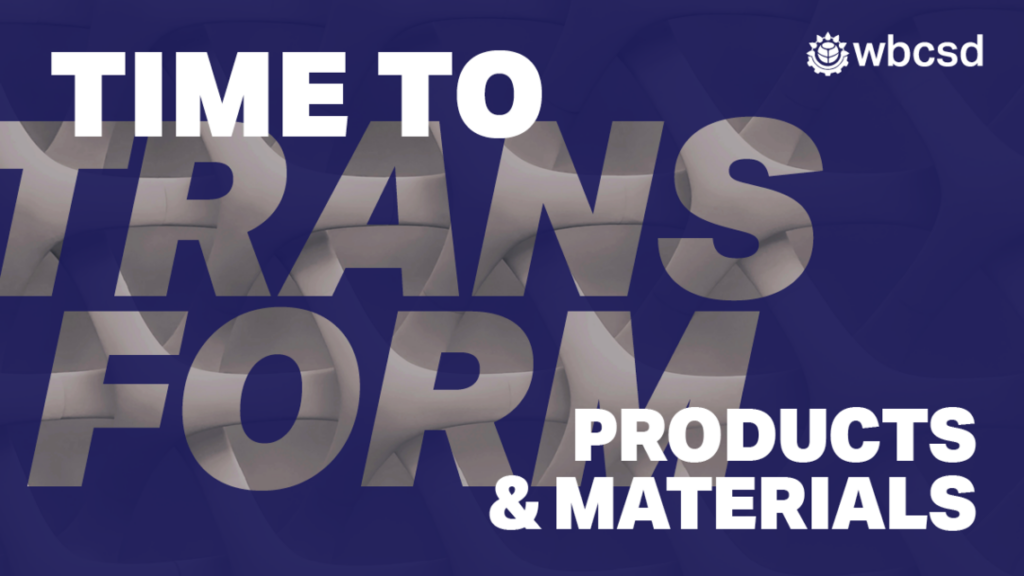New report on circular bioeconomy highlights attractive untapped business opportunities and case studies to facilitate access to a circular bioeconomy model.
Geneva, 23 November 2020 – The World Business Council for Sustainable Development (WBCSD) launched a new report on the circular bioeconomy, titled “The business opportunity contributing to a sustainable world”. The circular bioeconomy addresses urgent environmental priorities and the report presents an estimated economic opportunity for bio-based products to complement or even substitute conventional ones worth USD $7.7 trillion by 2030 for food and feed waste (excluding food and feed end use) products, and energy across 10 industries.
This report was developed by WBCSD in collaboration with Boston Consulting Group – with the participation of over 20 member companies – and builds on the CEO Guide to the Circular Bioeconomy launched in 2019.
Our current economic systems are based on linear value chains that depend on the continuous and increasing extraction of raw materials. Currently only 8.6% of total material extracted is cycled back into the economy. We need to re-think the predominant economic model to avoid the worse effects of climate change, biodiversity and ecosystems loss and resource scarcity. An economic model based on the consumption of biological resources for the production of food and feed, products and energy is gaining momentum as a way to deliver society’s needs while responding to sustainability issues. In a circular bioeconomy, biological resources are renewable, sustainably managed, recovered and reused as much as possible.
The report, jointly developed by WBCSD’s Circular Economy Program and Forest Solutions Group (FSG), presents an estimated economic opportunity for bio-based products to complement or even substitute conventional ones worth USD $7.7 trillion by 2030 for food and feed waste (excluding food and feed end use) products, and energy. Expected growth is particularly high within nonfood industries, such as products and energy, where growth from 2018 to 2030 is expected to be 3.3% per annum. This growth is based on an increase in the use of biomaterials within different product industries, the main ones being pharmaceutical, textiles, building materials, and packaging.
In order to support companies in their journey, the report features a dozen business case studies, as well as a tool to help assess the sustainability performance and economic viability of new products. But businesses alone will not be able to generate lasting change across all sectors. Regulators, investors, and consumers must also support this journey toward closing resource loops. Only by working together can the urgently needed societal benefits and substantial USD $7.7 trillion economic opportunity of bio-based products be realized.
Annika Bresky, CEO of Stora Enso and Co-Chair of the FSG highlighted: Recycling is not enough, the world needs materials that are both renewable and recyclable – a circular bioeconomy – to combat global warming and to minimise waste. Through this report business sends a strong signal that this economic model has great growth potential and is already providing much-needed solutions for society
Rich Lesser, CEO of Boston Consulting Group (BCG) added: In order to transform to a sustainable, less extractive and more planet-friendly economic model, the circular bioeconomy is gaining momentum as a complementary model. We expect the business opportunity to continue to grow, while the environmental urgency is already clear. This report outlines the vast opportunities for companies to innovate on processes, products and business models who embrace this model to accelerate the transition towards a more sustainable future.
Diane Holdorf, Managing Director, Food & Nature, WBCSD highlighted: Using natural resources beyond the regenerative capacity of the planet is exacerbating urgent societal issues such as climate change, biodiversity loss, food loss and waste, as well as resource scarcity. Achieving WBCSD’s vision of 9+ billion people living well within planetary boundaries by mid-century will require to fundamentally re-think the way we produce and (re)use resources. The low carbon circular bioeconomy offers a compelling business model to deliver on society’s needs while responding to our pressing environmental challenges.
This report builds on the CEO Guide to the Circular Bioeconomy launched in November 2019. While the later was an introduction to the topic for executives, touching on the economic opportunity and high level strategies to get started for example, this new report is bringing the circular bioeconomy to life highlighting case examples, trends and opportunities for key industries and a set of key principles to assess the sustainability of circular bioeconomy solutions.
The report is available on the WBCSD website alongside a platform featuring in-depth company case studies. The key sustainability principles developed in the report are also available on the website and aim to provide guidance on addressing trade-offs associated with the use of bio-based materials.
For more information, please contact:
Irene Gedeon, Lead, Circular Economy & Plastics Communication (gedeon@wbcsd.org)




